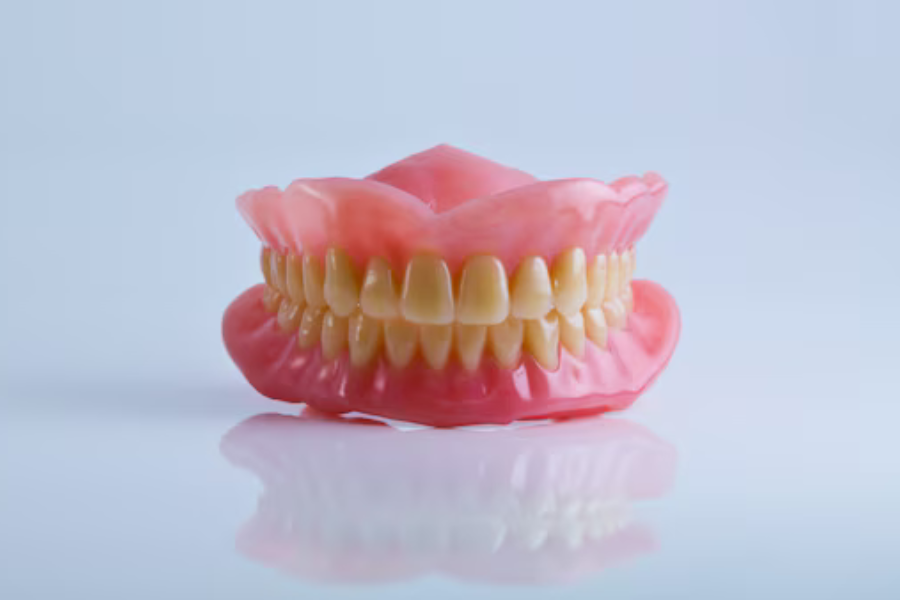
Dental anxiety isn’t just for adults—many children feel nervous or scared about visiting the dentist. Fortunately, pediatric dentistry offers a variety of sedation options that help make dental care safe, comfortable, and stress-free for kids.
If you’re wondering what sedation is used for pediatric dentistry, this guide breaks down the types of sedation, how they work, safety considerations, and what to expect—so you can make an informed decision for your child’s dental health.
Why Sedation Is Sometimes Necessary in Kids Dentistry
In pediatric dentistry, sedation is often used to:
- Reduce anxiety and fear
- Improve cooperation during procedures
- Help children with special needs or behavioral challenges
- Minimize discomfort during complex or lengthy treatments
- Ensure safe, efficient completion of dental work
Types of Sedation Used in Pediatric Dentistry
Here are the four most common types of sedation used in kids dentistry, from the mildest to the deepest levels of sedation:
- Nitrous Oxide (Laughing Gas)
Best For: Mild anxiety, simple dental procedures
How It Works: The child inhales a mix of nitrous oxide and oxygen through a small nose mask. It produces a calming, euphoric effect.
Benefits:
- Fast-acting and mild
- Wears off quickly (can return to school same day)
- No needles required
- Safe for most children
Most commonly used sedation in pediatric dentistry
- Oral Conscious Sedation
Best For: Moderate anxiety, longer procedures, younger children
How It Works: The child takes a liquid or pill form of sedative (often midazolam) about 30–60 minutes before the appointment.
Benefits:
- Reduces anxiety and increases cooperation
- Child remains awake but calm and drowsy
- Often used in combination with nitrous oxide
Considerations:
- Can cause grogginess afterward
- Requires careful monitoring and fasting before use
- IV Sedation (Intravenous Sedation)
Best For: Severe anxiety, extensive procedures, older children
How It Works: A sedative is delivered directly into the bloodstream via an IV line.
Benefits:
- Deeper level of sedation
- Quick onset and easy to control dosage
- Often used for multiple procedures at once
Considerations:
- Requires specialized pediatric sedation team
- Not commonly used in all kids dentistry practices
- General Anesthesia
Best For: Complex surgical procedures, special needs patients, uncooperative children
How It Works: The child is fully unconscious, with vital signs closely monitored by an anesthesiologist in a hospital or certified surgical center.
Benefits:
- No memory of the procedure
- Allows complete dental work in one session
- Best for children unable to tolerate any other sedation
Considerations:
- Most invasive option
- Longer recovery time
- Higher cost and more preparation required
Parents researching pediatric dentistry sedation are looking for:
- Reassurance about safety
- Clear breakdowns of what’s used and why
- Options based on age, anxiety level, or medical condition
- A plan to ensure a positive dental experience for their child
Comparing Sedation Types for Pediatric Dentistry
| Sedation Type | Level | Awake? | Ideal For | Recovery Time |
| Nitrous Oxide | Mild | Yes | Routine cleanings, fillings | Immediate |
| Oral Sedation | Moderate | Yes | Fillings, crowns, anxious children | Few hours |
| IV Sedation | Deep | Drowsy/Sleepy | Multiple procedures, older kids | Few hours |
| General Anesthesia | Deepest | No | Surgical cases, severe anxiety | 24 hours |
Is Sedation Safe in Pediatric Dentistry?
Yes—when administered by qualified professionals in a controlled setting, sedation in kids dentistry is very safe.
Safety Protocols Include:
- Age and weight-based dosing
- Monitoring heart rate, oxygen levels, and breathing
- Reviewing your child’s medical history and allergies
- Ensuring fasting before sedation (usually 6–8 hours)
- Post-operative care instructions for parents
- Best sedation for kids dental work
- Pediatric dentist sedation options
- Is sedation dentistry safe for children?
- How to prepare child for dental sedation
- Laughing gas for kids dental visit
Pro Tip: Always choose a board-certified pediatric dentist or one with sedation certification and hospital privileges for added peace of mind.
Share Your Experience or Ask a Question!
Has your child undergone sedation for a dental procedure?
Do you have questions or concerns about your upcoming pediatric visit?
Final Thoughts: The Right Sedation Makes All the Difference
Sedation in pediatric dentistry is a game-changer for children who feel anxious or require extensive treatment. From mild nitrous oxide to full general anesthesia, there are safe and effective options to fit every child’s needs.
Choosing the right sedation ensures your child can receive the dental care they need—without fear, tears, or trauma.
FAQs
Q: 1. Will my child feel pain during sedation?
A: No. Even with light sedation, numbing agents are used to prevent pain.
Q: 2. How do I prepare my child for sedation?
A: Follow the dentist’s fasting instructions, explain what will happen in a calm tone, and dress your child in comfortable clothes.
Q: 3. How long will it take my child to recover?
A: Mild sedation wears off within an hour. Deep sedation or general anesthesia may require rest for the remainder of the day.








